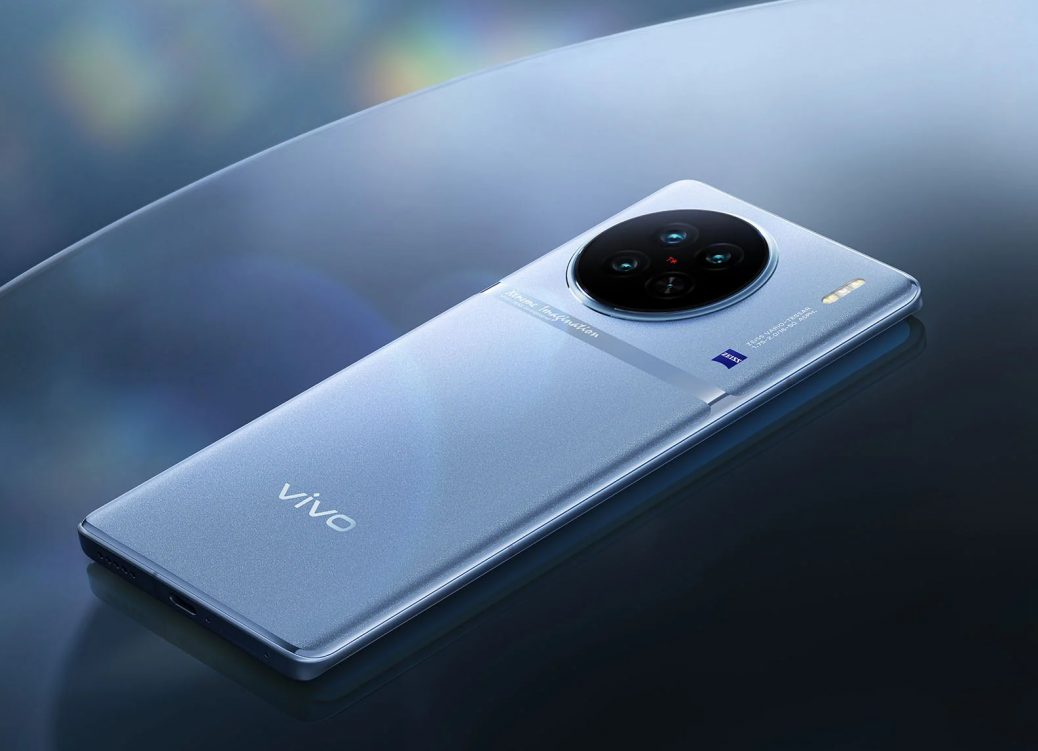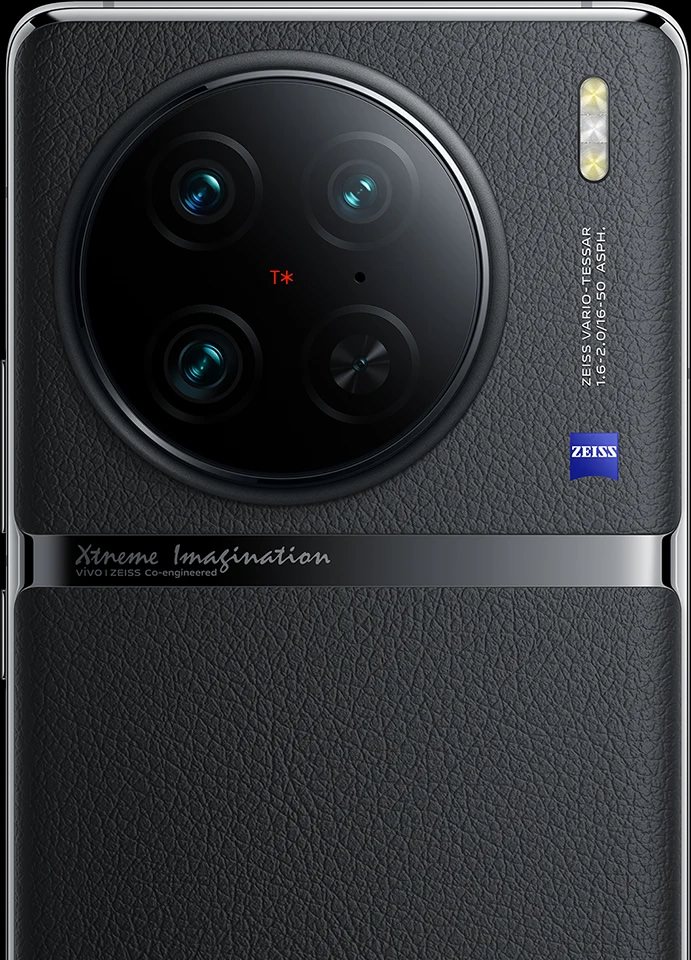Vivo Unveils the New X90 Series Smartphones Co-Engineered with Zeiss
Vivo has announced its new X90 series smartphones as part of its ongoing relationship with Zeiss to compete with the leading mobile photography brands on the market. The X90 and X90 Pro have co-engineered camera image technology from Vivo and Zeiss, indicating that the two are tightening their relationship even more. Unlike prior versions, where Zeiss’ impact was more modest, the X90 series saw its mark on new improvements and features.
The X90 Pro, which Vivo promotes as “pro photography in your pocket,” will be the more powerful of the two models in the series, with a Type-1 image sensor for the main camera.
The Sony IMX989 sensor in the 50-megapixel wide camera is the key to the technique at work here, using pixel binning to shoot at 12.5-megapixels with 3.2mm, boosted further by an f/1.75 aperture and 77% photosensitive area. Both Vivo and Zeiss claim that these specifications, optical image stabilization, and updated software will improve the night algorithm. This should result in better images under all lighting conditions, especially in low-light situations.
It also means new modes, such as a handheld Astro mode for photographing starry skies without using a tripod. Cine-Flare Portrait by Zeiss will be a new option within the camera’s Portrait mode that will imitate the flare effects seen in more professional photographs.
Zeiss also contributed to developing a Small Effect mode, which converts anything into miniature scenes. Other phones have offered that for years, but the two partners promise that this one will create better images in a wider range of circumstances, including at night and in low light.
The low-light methodology extends to Vivo’s 4K ultra-sensing night video results, implying that the X90 Pro will particularly shoot higher-quality video in various lighting settings. Other software, such as Zero-Shutter-Lag Motion Snapshot, uses a high-speed shutter and motion detection to focus and capture moving persons or objects.
Vivo’s V2 chip is still one of the key drivers beneath the hood, and it now has AI-ISP architecture to increase imaging processing capability without sacrificing battery life. The modified chip works with the MediaTek Dimensity 9200 processor to increase camera performance while presenting the X90 series as a respectable mobile gaming device.
All of the lenses on both models have Zeiss T* coating. VCS, or Vivo Camera-Bionic Spectrum, gathers RGB data and displays it like what human eyes see. It is the foundation for the X90’s 50-megapixel VCS True Color camera, based on a proprietary 1/1.49-inch IMX866 image sensor with an f/1.75 aperture. Within the Gallery app, there’s an intriguing feature for adding privacy to images before sharing them by eliminating the EXIF data. As a result, anyone getting the photograph would have no information about the location, phone model, or other factors.
Vivo chose a 50-megapixel Type-1/2.5 IMX758 image sensor for the professional portrait lens (50mm equivalent) with f/1.6 aperture for the X90 Pro and a 12-megapixel ultra-wide (16mm equivalent) with a 108-degree field of view that is shared by both phones. The portrait lens on the X90 also has a Type-1/2.93 IMX663 image sensor with a smaller f/1.98 aperture. The 32-megapixel front-facing camera is largely unaltered from the X80 series.
The screen sizes remain the same as before, with both phones sporting a 6.78-inch AMOLED (2800 x 1260) display. Memory and storage options are also similar. Although no North American charger will be included in any of these phones’ boxes, Vivo claims that either phone can charge from zero to 50% in just eight minutes. Keep it plugged in for 25 minutes to reach 100%.
The X90 Pro will be available in black in more areas, while the X90 will be available in blue in select markets. Both are available right now.
More info on Vivo’s website.


